

You can design a number of interesting circuits to move items around in Minecraft and gain some advantage as a result. Take a look at these examples to get started.
A furnace is an essential part of any game in Survival mode: By placing an item in one slot of the furnace and fuel in the other, you can cook them into different items.

When an item is sent automatically to a furnace, it goes to one of these two slots — items sent in through the top are placed in the top spot, and items sent in through the side or the bottom are placed in the bottom slot. This makes the automatic furnace — a furnace that cooks several stacks of items without being manually loaded by the player — quite a popular concept.
This simple design that constantly pumps items into the furnace until it’s full or the chests run out of items. The item frames represent the item filling the chests behind them — coal is sent through the side to be burned, and raw beef is sent through the top to be cooked into steak.
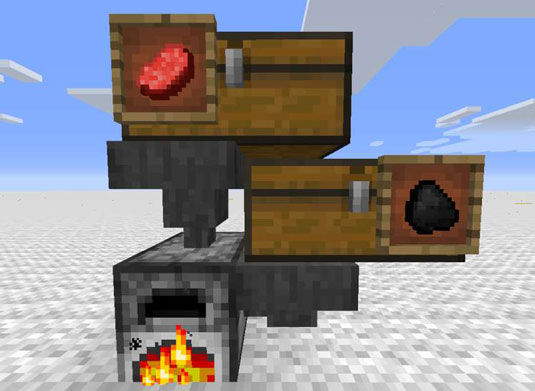
As you obtain lots of items or build large automatic farms to obtain huge amounts of certain items, you need a place to put them. Unfortunately, large rooms full of treasure chests can be tedious to manage, and the effectiveness of an automatic farm is limited by the size of the container it fills. To solve this problem, you can use hoppers to implement a sort of storage cellar.
In the simple storage cellar on the left, the items in the chests are constantly being siphoned downward by the hoppers. The lowest chest fills up first, and then the hopper above it, and then the chest above that, and so on.
Thus, the stack of chests functions as a single unit that fills from the bottom, bearing many times the storage space of a single chest. The other storage cellar design on the right is more compact, but just a bit more resource-intensive.
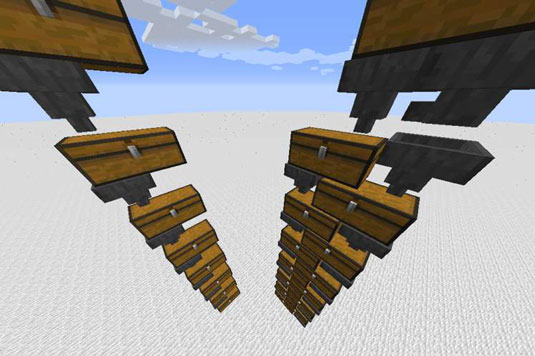
Just as items can be moved and sorted with circuits, items can be used to modify circuits. Because items can come in many different quantities and be transferred by hoppers like physical wires, they can make interesting contributions to your contraptions, including these possibilities:
Compact, precise timers: Fill a container with items and connect it to a hopper and comparator. As the hopper removes the items, the charge through the comparator slowly decreases. This causes the container to act as a sort of timer, with its time proportional to the number of items placed in it.
Randomizers: Dispensers and droppers eject random items from their inventories when powered. Items with a small stack size produce a greater charge in a redstone comparator. Thus, a dropper containing eight stackable items and a sword could place one of these items into a dropper-comparator setup, producing a charge of 2 with a 1-in-9 chance.
Locks and keys: Hoppers can be used to sort items. You can, in fact, use hoppers as door locks. A stack of hoppers, including a sorter, can require players to insert a certain item in order to pass through the door.
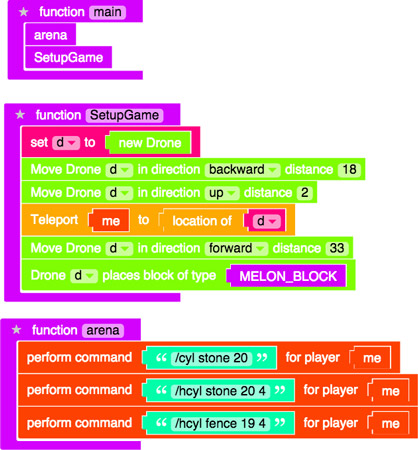
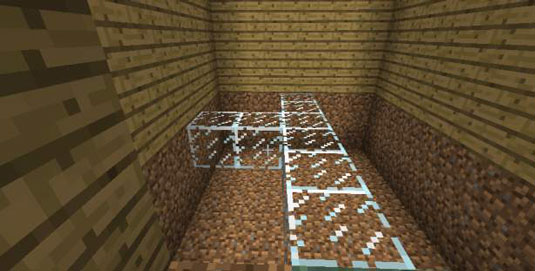


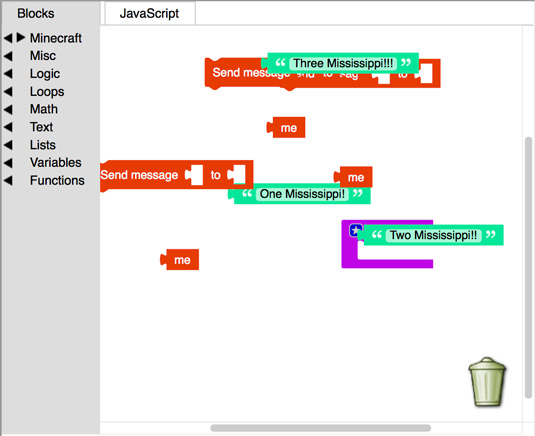 How to Earn Minecraft Scramble Badges - For Dummies
How to Earn Minecraft Scramble Badges - For Dummies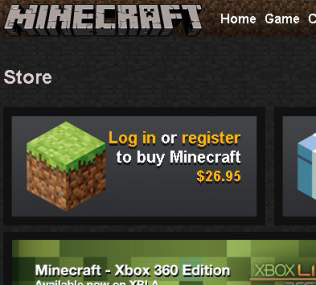 How to Purchase and Install Minecraft - For Dummies
How to Purchase and Install Minecraft - For Dummies How to Organize Your Minecraft Construction Materials - For Dummies
How to Organize Your Minecraft Construction Materials - For Dummies How to Find Food in Minecraft - For Dummies
How to Find Food in Minecraft - For Dummies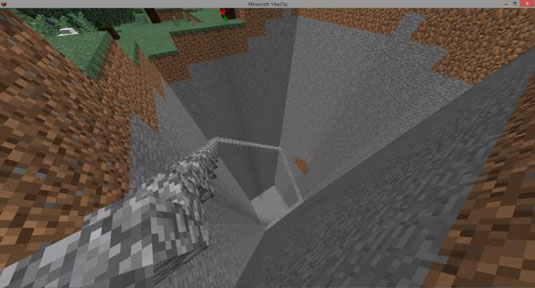 How to Collect Resources in Minecraft - For Dummies
How to Collect Resources in Minecraft - For Dummies